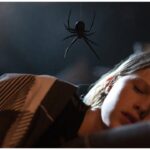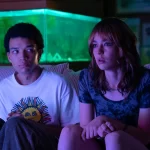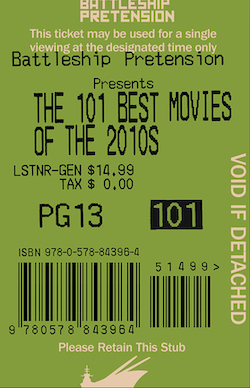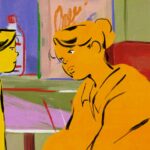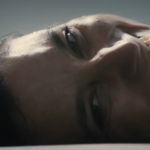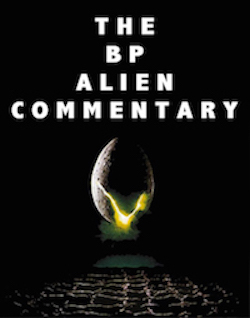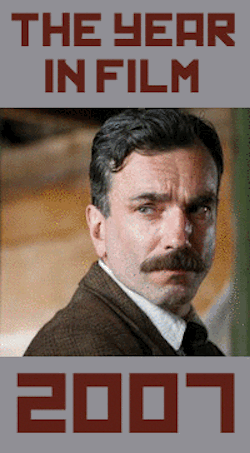Home Video Hovel: Tarantula, by David Bax

As far as Tarantula‘s Dr. Matt Hastings (John Agar) is concerned, the spider the size of an office building is only the second most confounding thing to stroll into town. What he really can’t seem to get over is the arrival, a few days earlier, of a female biologist (Mara Corday as Stephanie ‘Steve’ Clayton). “I knew it,” he remarks, “Give ’em the vote and what do you get? Lady scientists!” The movie itself shares in his condescension, saddling Corday with lines like, “Science is science but a girl must get her hair done!” Hastings has enough disdain to go around, though, also noting, “Freaks of any kind give me the willies.” But the sexism on display in 1955’s Tarantula seems more pointed and prolonged than the garden variety kind you might expect from the era. Which is a shame because it keeps distracting from what is otherwise a pretty spirited bit of horror/sci-fi.
Hastings runs a practice in a small Arizona town on the outskirts of which Prof. Gerald Deemer (Leo G. Carroll) runs a private, secretive research facility. When one of Deemer’s assistants turns up dead and drastically disfigured, Hastings gets suspicious. Frustrated by the inactivity of the world’s worst sheriff (Nestor Paiva), who appears to reflexively take everyone at their word, Hastings starts snooping around on his own (all while trying to woo Steve). This puts him on the front line when it comes to discovering and trying to stop the big (and getting bigger) tarantula that has resulted from Deemer’s biological experiments. If you lived in a desert town in the 1950s, you had to be prepared for this sort of thing.
Perhaps the most impressive achievement of director Jack Arnold and cinematographer George Robinson is the remarkably convincing trick photography in Tarantula. Even before the action gets underway, Deemer stands among–and nearly interacts with–rats the size of bulldogs in his laboratory. Once the spider gets loose and starts to grow, it often appears to be actually crawling over craggy rock formations and down dusty two-lane highways, knocking over power lines and such.
For most of the runtime, though, Tarantula is surprisingly light on gigantic arachnid antics. As much science fiction as horror, the film is stuffed with pseudo-scientific gobbledygook that the cast do a commendable job of selling. The creepiest parts have less to do with spider stuff than with the make-up department’s impressive work on the scientists who are deformed by their own experiments. The giant tarantula is icing on the cake. But people like icing for a reason.
Shout! Factory’s transfer is better than I would’ve hoped for, given the age and pedigree of the material. There’s a great deal of definition within the darker shots, lending a scary kick to the tarantula’s occasional nighttime attacks. Matte shots and other opticals are less sharp than the rest of the film but those are issues inherent to the source materials and to filmmaking of the time.
The only bonus feature of note is a commentary by film historians, Tom Weaver, Dr. Robert J. Kiss and David Schecter.



